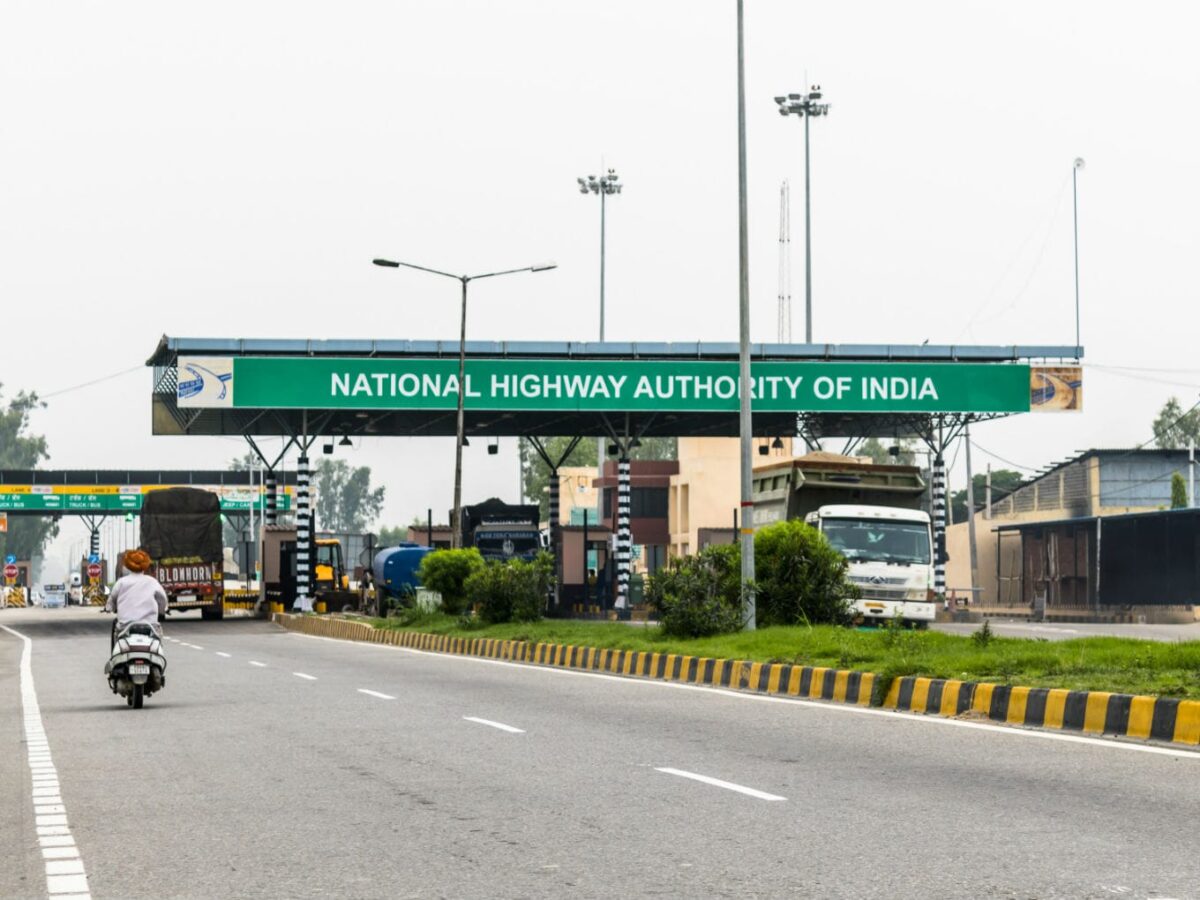Table of Contents
Nitin Gadkari, the union minister for Road Transport and Highways earlier announced that the existing toll plaza system in India will soon be eliminated and will be replaced by a satellite-based toll system. In December 2023, he said that the NHAI (National Highways Authority of India) plans to start with the work from March 2024 and the process by which it will work was explained in detail to the news agency, ANI.
Mr. Gadkari said that the money now will not be paid physically or by the present FastTag system but will automatically be deducted from bank accounts of people, depending on the distance they have covered. He also said that the system will be introduced on a pilot basis in addition to FASTags. This change is being made to reduce the existing issue of traffic congestion in the country and to charge the motorists for the exact distance travelled by them on highways instead of an extra amount.
The Road Transport and Highways Minister also said that they have received several complaints about the toll taxes being high on the highways. In reply to that he said that they actually save time and fuel and gave an example of the time of travel from Mumbai to Pune being 2 hours now instead of 9 hours that used to be earlier.
What is the current tax system and how does it work?
Currently in India, the FASTag system is followed and is used to deduct the toll tax at toll plazas. In 2021, FASTags were made mandatory for all 4 wheeler vehicles. FASTag is an electronic toll collection system where RFID ( Radio Frequency Identification ) technique is used to automatically read the tag and make payments for the toll. The payments are read by a small RFID chip which works on wireless communication mode with the toll booth readers.
In simpler terms, whenever a vehicle with a FASTag on it reaches the booth, the chip emits a code which is captured by the reader on the toll booth. That code is linked to the account of the vehicle owner which leads to an automatic deduction of money from the account. FASTags brought about a lot of progress in the toll payment system as before its invention, the waiting time for vehicles on average was 8 minutes which later deducted to 47 seconds.
What is the new satellite-based system and how does it work?
Under the satellite-based system, the National Highway Authority Of India will introduce a system which will run on GPS technology. In simpler terms, the drivers will not have to stop at the plazas to pay toll charges and they will be deducted automatically from their bank accounts.
It will work in a way in which the toll system will match the GPS coordinates of the approaching vehicle to calculate the toll tax and it will be deducted automatically without stopping at the toll plaza. All vehicles will be required to have new number plates which will be monitored through satellites with the help of GPS and will have automatic number plate reader cameras on all highways.
This system can be beneficial as it will accurately mark a vehicle’s entry and exit points on the tolls which will help them charge people accordingly. It will cut down the unfairness that the drivers who travelled for short distances had to face. Drivers will also be relieved from various miscellaneous concerns while being on the road like handling of cash, waiting for the barricade to open and checking their FASTag balances, making it a faster, safer and secure process. It will also help in eliminating human errors and minute possibilities of toll evasion.
What is the difference ?
Precisely, it is the same system of automatically deducting an amount from the owner’s linked account but with a user friendly version. FASTags make the toll plaza payments in an electronic mode by using the scanners at toll plazas, letting vehicles pass without stopping. While with the GPS-based system, toll will be deducted in the same way but while using the ANPR. However, the benefit of the new satellite-based system will be that it will charge you based on the distance you have travelled, making it fair for everyone and making toll plazas an unnecessary concept.
